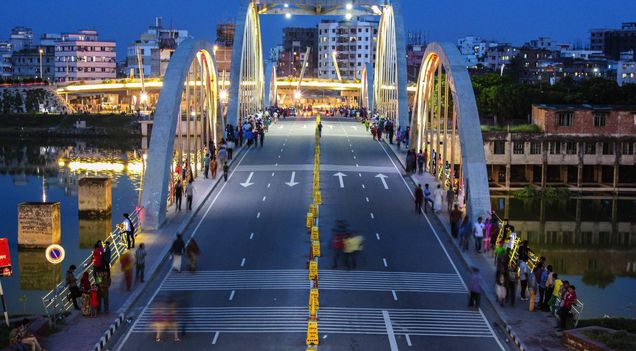Out-of-Pocket Expenditure on Medicines in Bangladesh: An Analysis of the National Household Income and Expenditure Survey, 2016-17

One of the most important concerns in low- and middle-income countries (LMICs) is increasing out-of-pocket healthcare expenditure (OOPE) made by households. OOPE is the amount of money paid by households to purchase health services and medicines to address a healthcare need. Healthcare costs are among the largest barriers to accessing health services and achieving universal health coverage, and among the most important factors associated with the reduction of the welfare of households. OOPE is also considered the most inequitable of all possible healthcare financing mechanisms.
Bangladesh, a country with over 160 million people and rapid urbanization, has made great progress in health, education and economic development over the past decades. However, Bangladesh faces significant challenges to improving the health and wellbeing of its population due to a lack of coherent social security or financial health protection. The country is experiencing a demographic shift toward longer life expectancy and an epidemiological transition from predominantly infectious diseases toward chronic diseases requiring sustained medication and life-long treatment. Bangladesh also spends a relatively low percentage of gross domestic product (GDP) on health compared to several other countries in the region and relies heavily on OOPE as the main source of health financing, with medicines as the largest component of OOPE.
A new journal article in PLOS ONE by Edson Serván-Mori, Md Deen Islam, Warren A. Kaplan, Rachel Thrasher and Veronika J. Wirtz studies household medicine expenditure and its associated determining factors to develop policies to protect households from financial hardship. Using the Bangladesh 2016-17 National Household Income and Expenditure Survey, the authors fill an important knowledge gap on OOPE on medicines in Bangladesh.
The article finds that health expenditures in Bangladesh are frequent and medicines represent nearly three quarters of all health-related OOPE. The findings show that poorer households pay proportionally much more for medicines than wealthier households and that the disparity is very large. Chronic diseases also have an increasing impact on household OOPE.
The results reflect a need for efficient financial protection for the population to protect households from increasing health and medicine expenditures. The authors determine that financial protection should support the poorest groups, ensure enrollment of rural households and incorporate outpatient medicines benefits, including those for non-communicable and chronic diseases.
Read the Journal Article